The navy will purchase hydroacoustic complexes of the “Mallard” family
At the end of March, a new order was placed on the official website of public procurement by the Ministry of Defense concerning the further development of the Navy’s material component. According to the published information about the tender, the Ministry plans to purchase 55 hydroacoustic complexes (GAK) of the MK-335EM-03 “Kryakva” family in various modifications. The military department intends to spend no more than 194,6 million rubles on the purchase of all the required products - on average, over 5,3 million per complex. The first complexes in the framework of the future order should be delivered this year. Completion of deliveries is scheduled for 2019.
According to published data, the armed forces intend to purchase the "Mallard" complexes of three modifications, which will allow them to equip submarines, anti-submarine aircraft and stationary systems. For submarine forces purchased 16 complexes "Mallard-A". The same number of systems should get marine aviation. 23 sets of “Mallard-V” version will be purchased for sonar reconnaissance stations.
Tender applications are accepted until April 17. Shortly thereafter, a contract will be signed for the supply of the required products, after which their production starts. As already mentioned, the military department wants to receive the first hydroacoustic complexes of the required types already this year.
According to the available data, the hydroacoustic complex MGK-335EM-03 “Kryakva” was created by the concern “Oceanpribor” (St. Petersburg). This complex is designed for installation on ships of small and medium displacement. It is possible to install all the necessary equipment both during the construction of ships, and during repairs and upgrades. In the latter case, the Mallard system is a replacement for the older complex MGC-355MS. According to reports, on the basis of the ship complex new modifications were created, designed for use on other carriers. As a result, the SJC of the “Mallard” family can also be used by submarines, aircraft and stationary reconnaissance systems.
Regardless of the carrier, the complexes have similar tasks and are maximally unified. Their main task is to search for submarines. Target detection in the active mode with the help of echolocation or in the passive mode - in this case the own noise of the targets is monitored. In addition, it is possible to detect signals from other complexes operating in active mode. Also, the "Mallard" automatics are capable of accompanying the found target on their own and issuing target designation data to the anti-submarine defense defensive control device. There is a possibility of automated classification of the detected object. Complexes MGK-335EM-03 "Mallard" have the function of hydro-acoustic communication at low and high frequencies. It also provides for the use of code communication and identification.
In order to improve the performance characteristics of the complexes have a number of important features and functions. When operating the sonar complex, the level of acoustic noise is automatically controlled. Also, automation is able to predict the expected range of the system depending on current conditions. There are automated means of monitoring the operation of all components of the complex and tracking their condition. Automatics independently monitors the work of the units and makes diagnostics. In case of detection of problems in the automatic mode, they are localized. There is a function of operator training, during which simulated targets are used.
In the basic configuration intended for installation on surface ships, the SJC MGC-335EM-03 Kryakva incorporates several main devices that solve various problems. In this case, the main and only means of observing and detecting targets is an underground active-passive antenna. It is made in the form of a cylindrical body, equipped with a large number of sensitive elements. To maintain the desired position of the antenna during operation, a special suspension system with stabilization devices is used. The antenna has a height of 1 m and a diameter of 1 m. On the circumference of the cylinder are 36 columns with 12 elements on each.
Also on board the carrier ship should be mounted a generator device, receiving and amplifying and matching device, as well as instruments for digital signal processing and control and control of stabilization. All these elements of the complex are interconnected. Electric power supply to all components of the complex is carried out using a separate power supply device connected to the general ship electrical systems.
At the workplace of the operator of the complex it is proposed to mount the console with all necessary controls. Data on the underwater situation, the detected targets and the operation of sonar tools are displayed on two color monitors. The main controls are the keyboard and trackball, located on the front console. Some buttons and switches are placed next to the monitors. The developer of the Mallard system also proposes the use of a remote indicator. At some distance from the main console, an additional monitor can be installed to display information about the current situation.
According to the available data, the “Mallard” family includes hydroacoustic complexes of several models, differing from each other in the composition of special equipment, primarily antennas and other means of detection. So, in the project МГК-335ЭМ-01, the underground antenna is complemented by a towed flexible extended antenna. The complex MGK-335EM-02 incorporates a towed radiating and flexible extended antenna. The MGK-335EM-04 product is distinguished by an extended frequency range when operating in active mode, which allows for the detection of torpedoes, and the Mallard version of the MGK-335EM-05 has downstream receiving and radiating antennas.
According to the official data of the Oceanpribor concern, GAK MHK-335EM-03 Kryakva is capable of detecting a submarine with an equivalent radius of Re = 10 m at distances up to 10-12 km. Target coordinates are determined to within 30 'by bearing. Range accuracy reaches 1% of the distance scale. In the direction finding mode, the complex is capable of capturing sounds with a frequency from 1,5 to 7 kHz. After detecting the target and tracking it, the accuracy of determining the bearing is 30 '. The mode of detection of hydroacoustic signals, which implies the detection of foreign HACs operating in active mode, allows you to control the frequency range 1,5-7 kHz. The bearing to the source of the detected signal is determined with an accuracy of up to 10 °.
Analyzing the nature of the received reflected or intercepted signals, the complex MGC-335EM-03 is able to determine the belonging of the detected object to a particular class of technology. With some help from the operator, the sonar complex is able to distinguish the submarine from the torpedo. At the same time, it is possible to simultaneously issue target designation to anti-submarine weapons systems.
The Mallard complex is distinguished by quite high characteristics of hydroacoustic communication, and also has some special capabilities. Low-frequency or high-frequency communication is carried out at distances up to 20 km. Code communication, identification of the detected object or change of the distance to it can be performed at distances up to 30 km. With the help of SJC MGK-335EM-03, the crew of the carrier ship can maintain telephone communications with both Russian submarines and ships using the NATO frequency band.
According to the latest news, in 2017-19, the navy will have to receive 55 sets of the SJCs of the MHK-335EM-03 Kryakva family in different configurations intended for mounting on media of various classes. Most of this equipment is planned to be installed at hydroacoustic reconnaissance stations, while other complexes will be used by submarines and airplanes. Exact information about the future carriers of the ordered complexes, for obvious reasons, is currently not available. It remains only to make predictions and try to predict what kind of equipment will be equipped with such equipment.
In the case of anti-submarine aircraft, the IL-38 and Tu-142 aircraft of the latest modifications can be considered the possible carriers of the new-type complexes. Now this equipment is being renovated and upgraded, during which it receives various new equipment. In the next project, the upgraded equipment can use the latest hydroacoustic systems.
16 complexes will be procured in a submarine configuration. Probably, this equipment will be used in the future repair of existing ships of relatively old projects. Considering the age and equipment of submarines in service, it can be assumed that any domestic atomic and diesel-electric submarines of all existing projects can become potential carriers of the Kryakva system. Not all ships of the Russian submarine are equipped with modern means of monitoring the underwater situation, because of which they need new similar products. As the repair progresses, they will be able to receive new devices with enhanced performance.
It is curious that in the conditions of the current tender there is no item on the purchase of hydro-acoustic systems intended for installation on surface ships. The product MGK-335EM-03 was originally developed as a ship observation tool and only then developed, as a result of which it could be installed on other carriers. For some not entirely understandable reasons, the nearest plans of the military department do not include the purchase of shipboard SJC "Kryakva".
As reported by the domestic media, it is already known where the hydroacoustic complexes will go. The ministry of defense will distribute the products obtained among several naval and naval aviation units responsible for the implementation of anti-submarine defense. The equipment will travel to Kronstadt, Severomorsk and Novorossiysk, as well as to some bases of the Primorsky Territory. Other details of the future operation of promising systems have not yet been reported.
From the available data it follows that equipping submarines, airplanes and stationary hydroacoustic systems with new complexes of the MK-335EM-03 Kryakva family will have positive consequences for the entire antisubmarine defense of the fleet as a whole. During the construction or modernization of submarines, aircraft, etc. will receive modern equipment for tracking underwater objects, which accordingly will affect the effectiveness of their work. As a result, the ranges and probabilities of detecting potentially dangerous objects will increase significantly.
In addition to the main tasks associated with the detection and maintenance of various objects, the new GAK can be used to identify found targets, issue target designation to control systems weapons etc. A training regime is also provided to facilitate the training of sonar operators.
According to official data, in mid-April, the military department will complete the acceptance of applications for the recently launched tender and proceed to the selection of the supplier of the required equipment. Soon there should be a contract for the supply, after which the serial production of the SJC of the required modifications will begin. The first samples of such equipment are planned to be received already this year, the latter - no later than the end of 2019. Obviously, the delivery of such products will be carried out simultaneously with the construction / modernization of their carriers. This means that not later than the beginning of the next decade, the domestic anti-submarine defense will receive new equipment, and with it new opportunities. All this will have a positive effect on the potential of the Navy as a whole.
On the materials of the sites:
http://zakupki.gov.ru/
http://i-mash.ru/
http://oceanpribor.ru/
http://armsdata.net/
http://flot.com/
Advertising booklet SJC MGK-335EM-03 "Mallard":
http://oceanpribor.ru/docs/mgk-335-em-03.pdf
- Ryabov Kirill
- Concern "Oceanpribor" / oceanpribor.ru
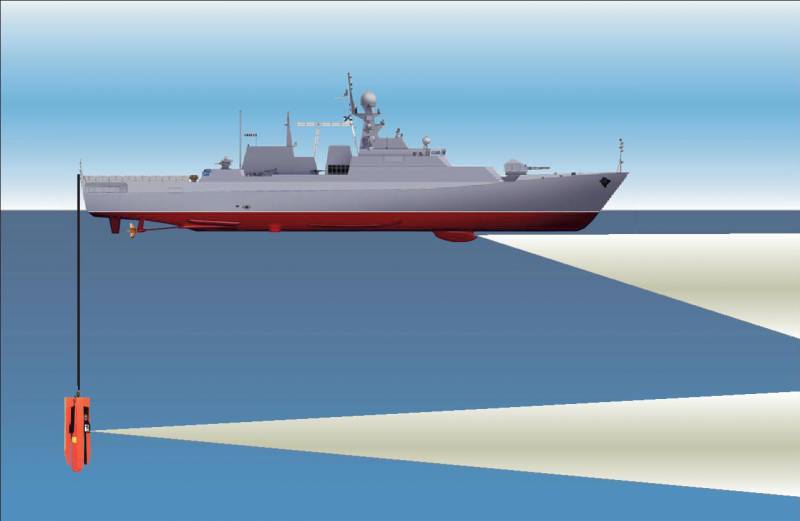
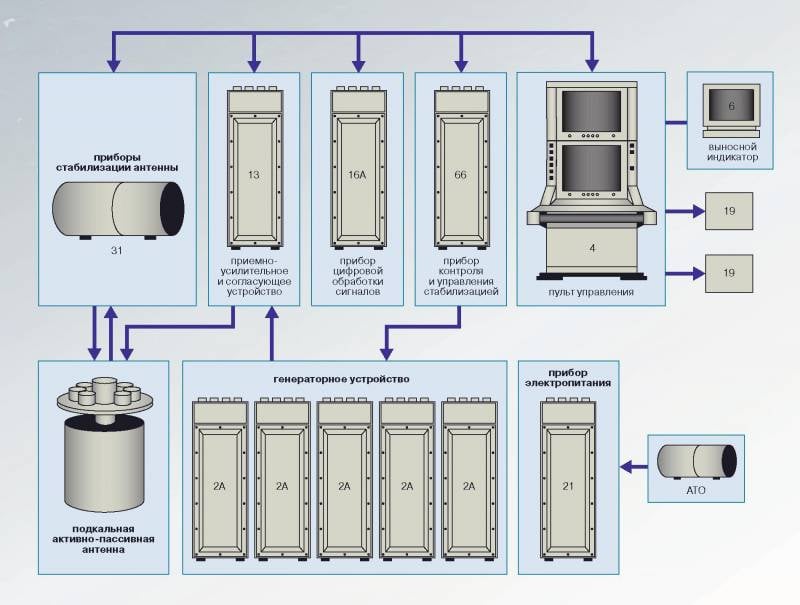
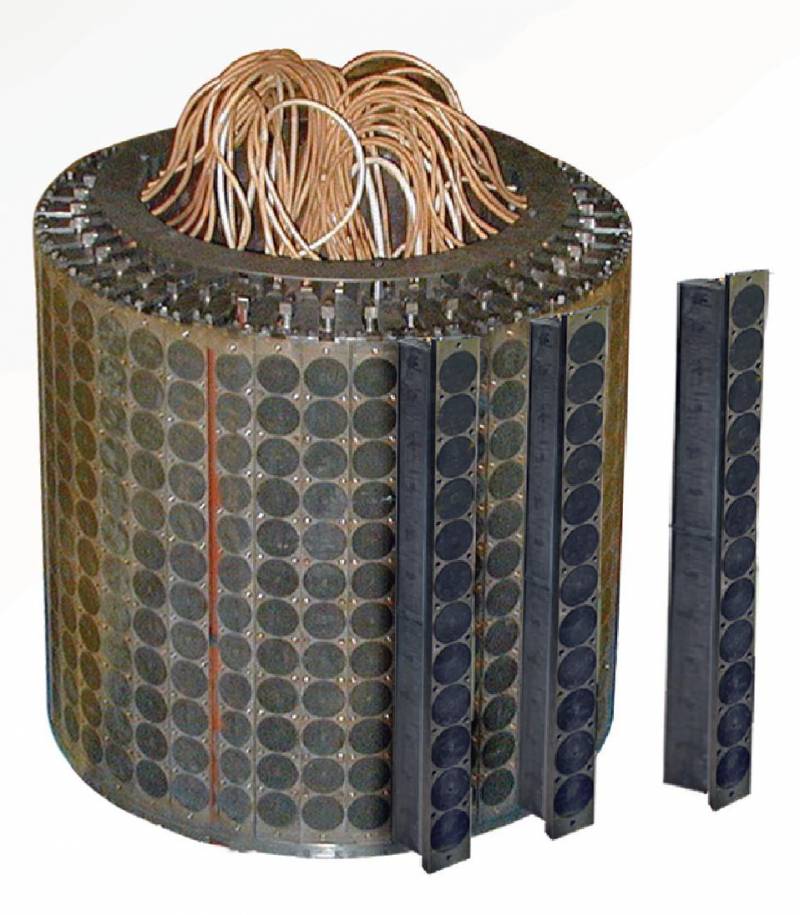
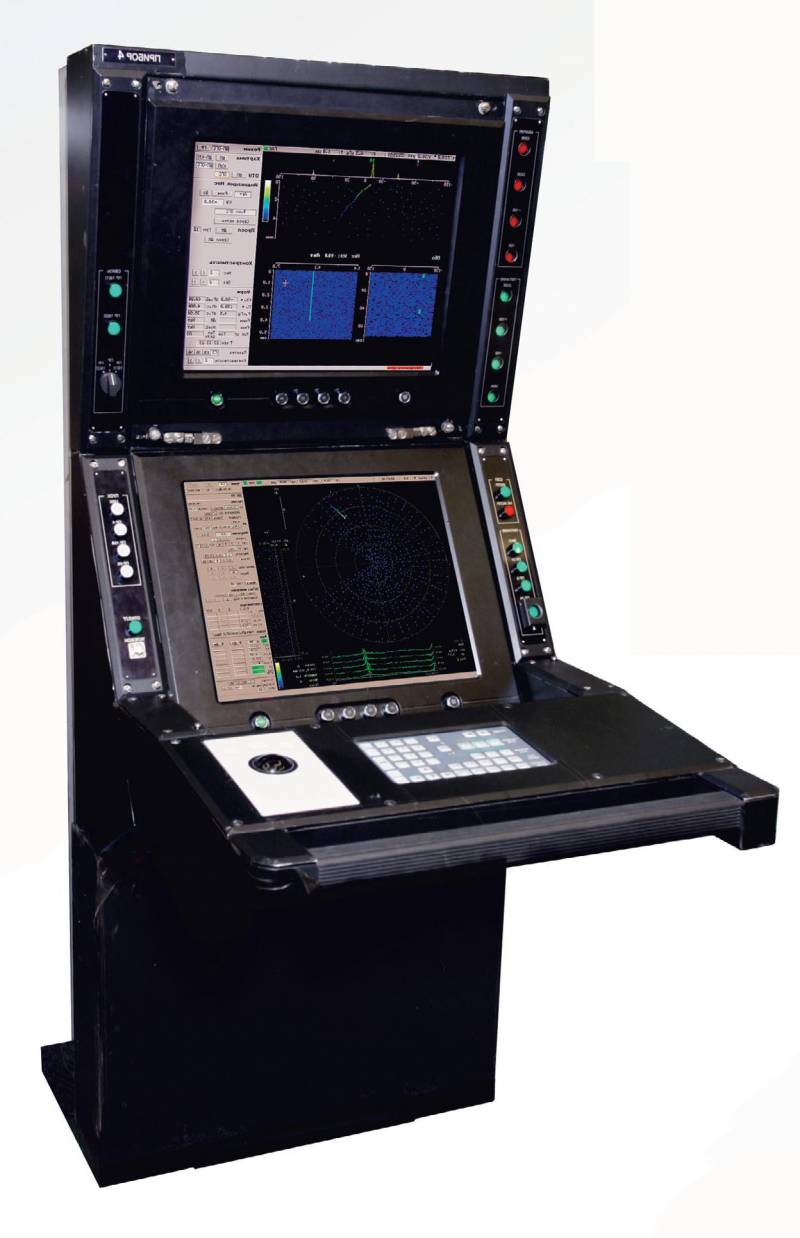
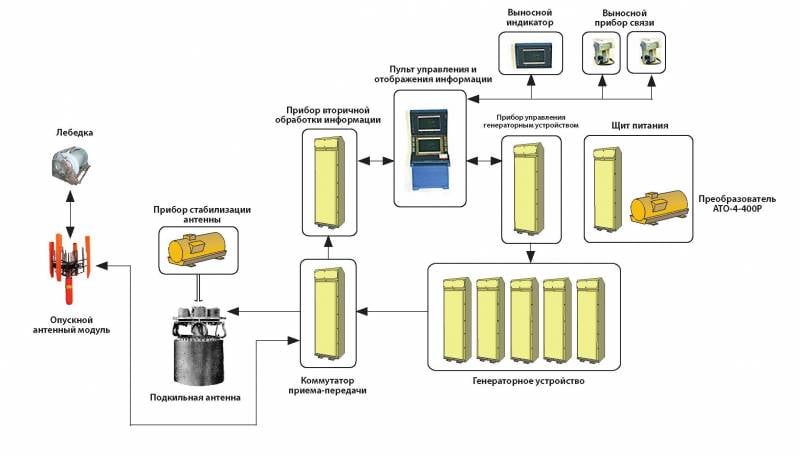
Information